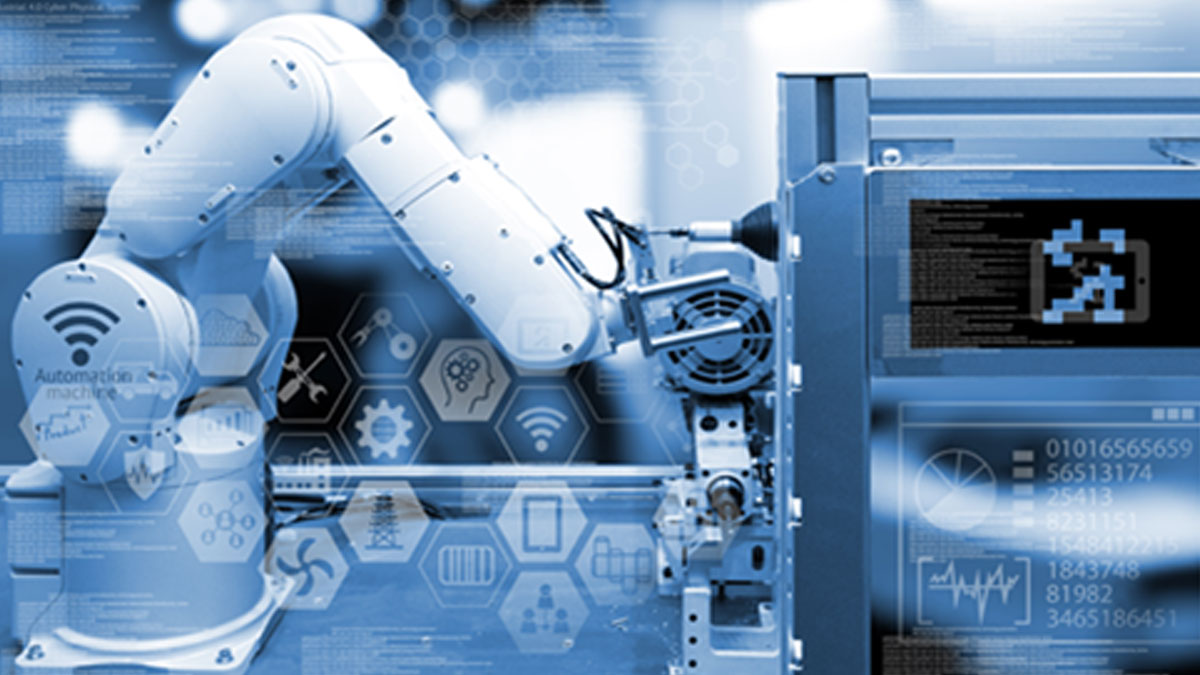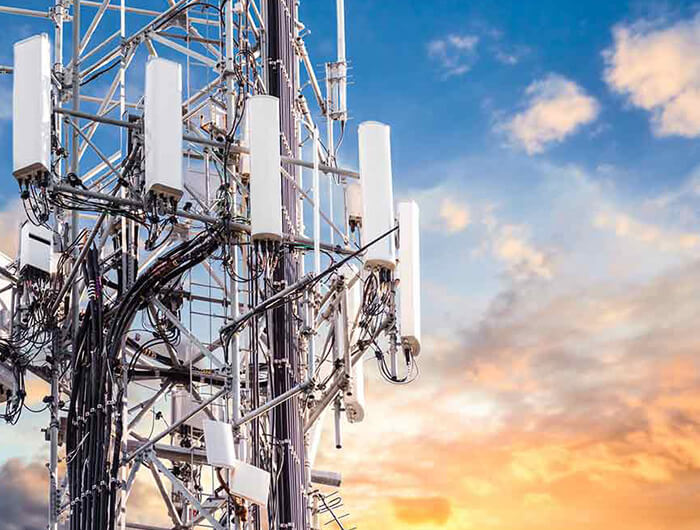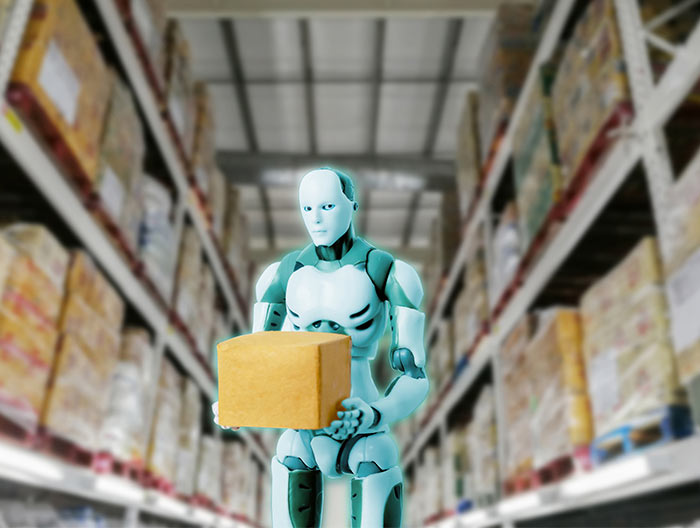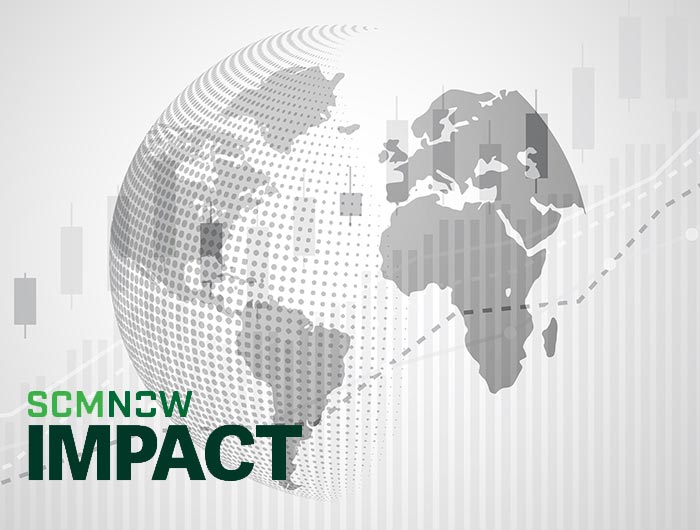Imagine having eyes and ears everywhere our supply chain exists. You would know exactly what’s going on in your operations—including what’s working, what’s not working, and how. This is similar to the future promised by the internet of things (IOT) and the industrial internet of things (IIOT). These systems have the potential to turn virtually anything that uses electricity is a potential data supplier. However, we have not quite reached this reality just yet. Advancements in technology and professional relationship management processes still need to advance further before the IOT and the IIOT are fully integrated into our environments.
The IOT and the IIOT currently present some technical and people-to-people challenges. How well we address these challenges will help set the foundation for the ways in which the IOT and the IIOT can eventually improve our risk management, planning, compliance, benchmarking, and inventory management practices, to name a few. Gaps in stakeholders’ understanding of these growing technologies is hindering development of effective shared strategy and opportunity planning.
First, some confusion persists in understanding the difference between the IOT and the IIOT. Essentially, the difference is fairly similar to the difference between business-to-consumer and business-to-business commerce models.
The IOT primarily serves the consumer. IOT devices function in consumer networks or ecosystems. Wearable fitness trackers, home automation devices such as smart thermostats and robotic vacuums, and location-tracking products are some of the examples. IOT devices deliver convenience, responsiveness, and solutions to consumer needs, with affordability and ease of use as key goals. IOT devices are owned and controlled by consumers. But why would they want to share this data with companies?
In contrast, the IIOT is more geared toward businesses. IIOT devices are far more advanced in terms of security, reliability, and sophistication because IIOT devices are increasingly used in high-stakes settings. Data must always be accurate and available, and harsh industrial environments are no excuse for failure. Our supply chain partners tend to own and control IIOT, so what benefit would they get by sharing IIOT data with us?
Both consumers and partners will consider sharing their data with us when doing so lowers their costs; creates faster delivery; and enables better service, more choices, and greater overall value for the customer. These outcomes are not created automatically, though. Positive results take careful planning and strong relationships with our supply chain partners and customers.
Three common roadblocks tend to get in the way of fully realizing the potential benefits of the IOT and the IIOT in a supply chain partnership:
-
Lack of strategic leveraging of both the IIOT and the IOT: From a high-level supply chain data perspective, the IOT is often the downstream subset of an overall IIOT device and data strategy. The IIOT supplies operations data from manufacturing right up to customer delivery. But once in the customer’s hands, the IOT needs to pick up the responsibility of providing supply chain data. Businesses have plenty to gain from access to consumer IOT data, including being able to capture the many facets of individual consumer behavior and demand patterns. In this relationship, the customer becomes a critical data supplier. Ideally, research and development (R&D) for new products and services should include an IIOT and IOT strategy. Ask yourself: Do their intended designs make it easy for IIOT and IOT data to flow? Do they provide useful information now? Is there room for innovation in the future? Does my business model currently include IIOT and IOT data sharing? If you are working on a digital supply chain strategy, how well does the strategy mesh with current and future products, services, and partners? Is R&D and supply chain strategy well connected and aligned? Do silos and stovepipes get in the way?
-
Unprepared partner and customer relationships: Why would our partners or consumers want to share their IIOT and IOT data with us? If they gain more value than they risk by doing so, these players will be willing to share information. In doing so, they’ll help companies sense and balance supply and demand, lower costs, provide faster delivery, and offer more choices and convenience to the customer. In order to develop this type of relationship, though, our partners and customers need to have a robust and trusted relationship with us. IOT and IIOT data brings this relationship full circle and creates greater transparency overall. Consider what data could do to improve relationships between you and your customers and partners.
-
Culture clashes—old versus new standards and risks: In many industries, long-established standards or proprietary platforms now face the need to process vast new streams of data from IIOT and IOT devices. Bridging standards often claim to easily connect old technologies to new IIOT and IOT standards. But is this simply a stopgap solution for increasingly obsolete data platforms? It may be more beneficial in the long run to consider supporting an emerging, superior open-source standard or moving to a new technology platform or vendor. Talent and skill development and room for future innovation are at stake. But before you do this, determine how much early-adoption risk or reward is expected.
The IIOT and the IOT potentially expose a supply chain to risk, security, and privacy problems on a scale we have not yet encountered. In addition, we could unintentionally give away sensitive data and even create competing versions of “the truth” based on varying perspectives from different devices. Plus, if we can remotely connect to devices, odds are malicious hackers can as well. The so-called Mirai botnet attack in 2016 is one example. The hacking attack occurred from unsecure firmware in chipsets used in a wide variety of web cameras and other devices. Neither the product designers nor the supply chain partners caught the risk in advance of the attack.
So how do we fill the human gaps that the IIOT and the IOT are creating? Consider starting an IIOT and IOT conversation with members of your information technology (IT) department. IIOT and IOT are among a growing number of shared interests between IT and supply chain management teams. Capture IT experts’ perspectives on IIOT and IOT gap areas. What are their perspectives and their realities? For example, they may not see IIOT and IOT as a supply chain strategy but rather through the lens of edge device strategy. (An edge device is one which provides point of entry into an enterprise network.) It may take time to bring IT and supply chain perspectives into agreement on the IIOT and the IOT, but all will benefit from a sound data strategy.
The reality of supply chain data management is that sometimes we lack data but make good use of the data we do have. Other times, we are awash in data but lack good uses for all of it. It may take all supply chain stakeholders, including those in other departments and outside our four walls, to find the best middle ground. The IIOT and the IOT are promising catalysts to get there.



